Thessaloniki gets ready for its metro launch in November
The underground rapid transit lines have been under construction for almost two decades due to various project delays
 TheMayor.EU logo
TheMayor.EU logo 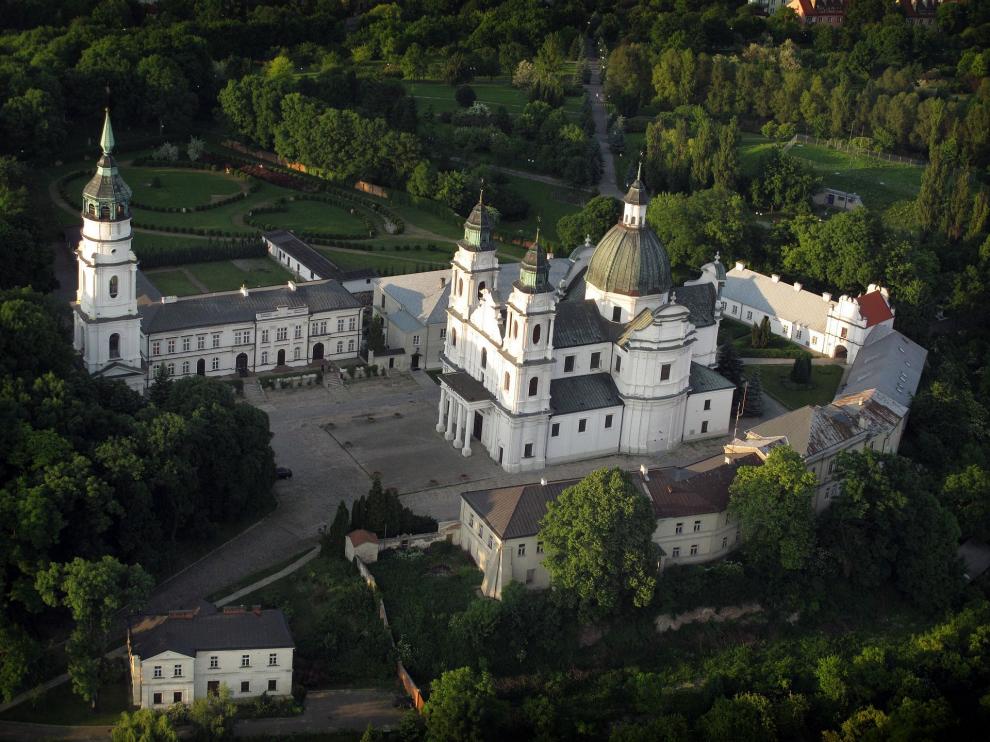
The origins of Chełm date back to the early Middle Ages. In the era of the first Piasts, the region was associated with the Cherven Cities, a disputed area between Russia and Poland.
In the 13th century, the land of Chełm became part of the Principality of Halych or the Principality of Halychian Rus, whose most prominent dignitary, Prince Daniel Romanowicz, built a monumental castle here.
The building became the main seat of the ruler, who in 1253 was crowned as King of Rus. Thus, for almost a century and a half, Chełm was the capital of a separate principality.
After many years of fighting between Lithuania, Hungary and Poland, at the end of the 14th century, the Chełm land was incorporated into the Polish state. The act of incorporation was made personally by Queen Jadwiga in 1387. Her husband, King Władysław Jagiełło, led to the formal foundation of the city, granting it the Magdeburg Law in 1392.
Chełm belonged to the important centres of Jagiellonian Poland, and many lay and clergy dignitaries resided in the city. From the thirteenth century, the city was the seat of an Orthodox bishop, and in the fifteenth century the Latin bishopric of Chełm was established permanently. After the Union of Brest, the Orthodox diocese was transformed into the Uniate diocese, which survived until 1875.
The city's development was interrupted in the 17th century. Cossack, Swedish and Muscovite troops, entering Chełm during numerous wars, caused enormous damage, which plunged the city into a deep crisis, that was then partially overcome in the 18th century.
In the times of August III, thanks to some stabilization, the main churches of the city were founded. After the collapse of the Polish state, Chełm was under the rule of Austria, and then Russia. Those were extremely difficult times filled with struggles and martyrdom.
The fights during the January Uprising, which took on a particularly intense character in the vicinity of Chełm, were equally dramatic. In the final stage of their rule, the Russians even established a separate Chełm governorate, which became part of the Russian empire.
In 1915, the Austrian occupiers replaced the Russian invaders. The new order allowed for the development of Polish, Jewish and Ukrainian social and cultural life. The multicultural character of the city was maintained after regaining independence.
Throughout the interwar period, Chełm was a city with many Polish, Jewish and Ukrainian organizations. Plays in Polish, Yiddish and Ukrainian were also performed in small theatre halls.
The period of World War II brought enormous destruction and the extermination of the Jewish population, which until 1939 constituted almost 50% of the town's population. There was also a huge prisoner-of-war camp in Chełm (Stalag 319), where nearly 100,000 people from many different nationalities were killed.
The activities of the occupiers were opposed by the extensive underground structures, mainly the Home Army. The dramatic events of World War II led to drastic changes to the character of the city.
With the assassination of the Jewish population and the removal of the Ukrainians cooperating with the Germans, the city became homogeneous in terms of nationality.
Source: City of Chełm
Chelm is a city with poviat status, located in eastern Poland. With an area of 35.28 square kilometres, it is considered the largest Polish city on the border of the European Union. The city population is of 60 217 inhabitants (as of the second half of 2019) and the agglomeration’s population is estimated at around 90,000 inhabitants.
Chełm is an important communication road and rail hub - the Paris - Berlin - Warsaw - Chełm - Kyiv international route, the shortest one connecting Western Europe with Ukraine, runs through the city. Additionally, the European international "North-South" route between Lithuania and Greece - Via Carpatia and the New Silk Road, i.e. a railway route from China to Europe (located only 115 km from Małaszewicze - the largest dry transhipment point in Europe) are also located nearby. Moreover, Chełm is just 70 km away from Lublin Airport.
One of the city's main advantages is its dynamic business ecosystem which is especially active in the fields of aviation, construction, mechanics, agri-food, furniture and logistics. There are also companies specializing in the manufacturing industry and numerous service companies.
Experienced specialists with high qualifications in construction, mechanical, footwear, agri-food and furniture industries can also be found here. Aviation professions, including helicopter pilots, as well as specialists in aviation mechanics, are educated in the Technical University in Chełm.
The construction of the Chełm Economic Entrepreneurship Centre will contribute to the creation of new, innovative enterprises. Additionally, Chełm is becoming an alternative to large cities in terms of creating shared service centres.
Chełm boasts the largest system of public aid in the European Union in the form of a tax allowance up to 50% of eligible costs of the investment project for a period of 10-15 years. The Investor Assistance Office established in the City serves entrepreneurs and aids them in their ventures.
Source: Chełm City
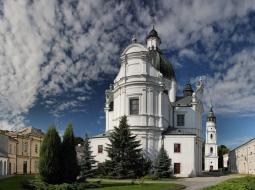
The central place of today's Chełm is a small hill, known as Górka Chełmska, and in the past Górka Katedralna or Starościńska. It is dominated by the majestic late-baroque Basilica of the Nativity of the Blessed Virgin Mary, which dates back to the 13th century, when Prince Daniel Romanowicz founded the Orthodox Church of the Mother of God, and then served the Orthodox and Uniate bishops.
The existing building was erected in the years 1735-1756 according to a design by Paweł Fontana. The founder of the temple was the Uniate bishop of Chełm, Filip Wołodkowicz, and the construction works were managed by Tomasz Rezler.
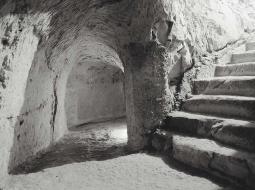
The historic chalk mine is one of the most unique buildings in Poland and Europe. The labyrinth of mysterious pavements was created as a result of the mining of chalk deposits, the deposits of which are abundant under the city's surface. Underground corridors were also created in Górka Chełmska, mainly for defense purposes.
While visiting the almost two-kilometer route, which tourists cover in about 50 minutes, you can see numerous geological, archaeological and historical exhibitions. One of the special attractions is the shaft of the Old Town well, used from the 15th to the 18th century, now reconstructed on the former Old Town Square, currently named after Dr. Edward Łuczkowski, a social activist from Chełm.
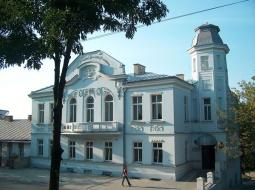
Among tenement houses built at the turn of the 19th and 20th centuries, you can find the building at 50 Pocztowa str, known as the Kretzschmar Palace, named after its owners.
The construction was carried out in two phases. In the 1880s, Eng. Wilhelm Kretzschmar, the owner of an agricultural machinery factory, commissioned the construction of a one-story villa for his needs. In 1906, the factory and the tenement house were sold to Franciszek Gassner. The new owner thoroughly rebuilt the edifice, adding another floor and a turret.
The building has also been given a stylistically uniform shape and has been supplemented with a rich interior in the Art Nouveau-eclectic style characteristic of the early 20th century. After World War II, the palace was taken over by the municipal authorities, who after several renovations (the most thorough one took place in the 90s) granted the building to the Registry Office.
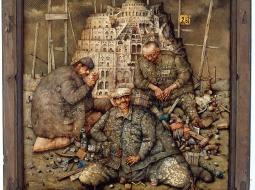
While visiting the city, you can significantly expand your knowledge of the history of Chełm and its surroundings by visiting the Museum of the Chełm lands. This distinguished institution derives from the Museum of the Chełm lands, established in 1919 at the State Gymnasium of Stefan Czarniecki upon the initiative of the director of this institution and a distinguished social activist, Wiktor Ambroziewicz.
The Museum's collection includes over 20,000 exhibits divided into substantive sections located in four buildings. The collection of numismatic items as well as Polish portrait paintings from the 19th century is extremely interesting. These are mainly portraits of people associated with the Chełm region.
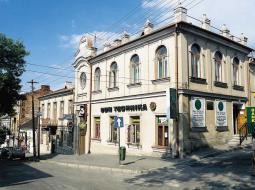
A testimony to the city's multicultural past is the small synagogue (bet-hamidrasz) located at 8 Kopernika str. The building has a richly decorated facade with elements of Art Nouveau. After the Second World War, the building was renovated in 1955.
Next to the synagogue, there is a rabbi's house, built around 1914 that is currently used as a residential building.
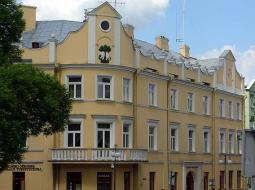
One of the most interesting buildings from the interwar period is the building located at 63 Lubelska str. It was established in the years 1926-1927 upon the initiative of the local authorities in Chełm, mainly as the seat of municipal offices and city council.
The building consists of two wings, connected in the shape of the letter L. The wing situated at Lubelska str is still the seat of the city authorities and was expanded in the 1970s. The wing located at Strażacka str is home to the cinema "Zorza".
The corner part of the building also houses the Chełm Tourist Information Centre. The whole building was designed in the Neo-Renaissance style, which has been partially damaged due to numerous renovations. Attics, which still crown the main part of the building, are proof of its original shape.